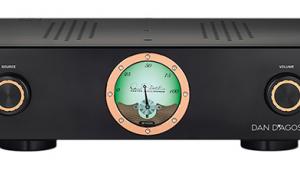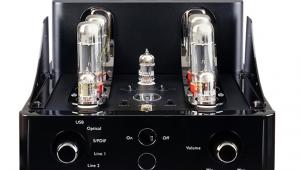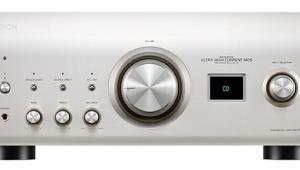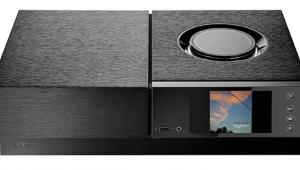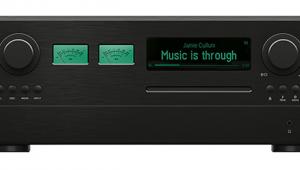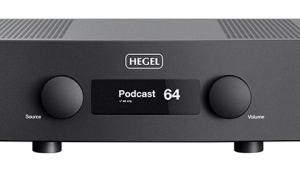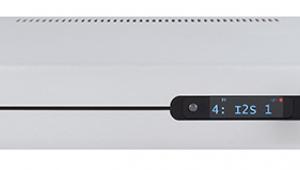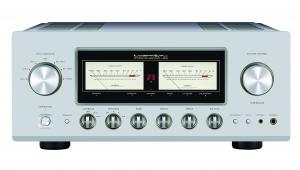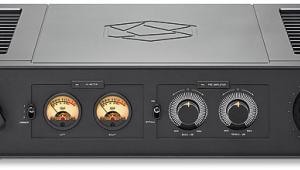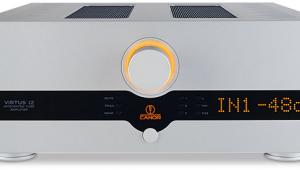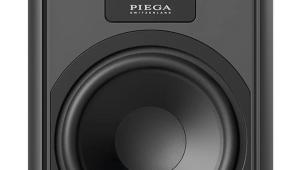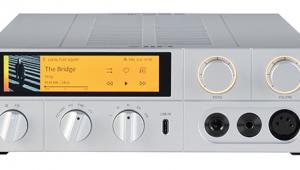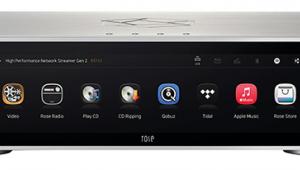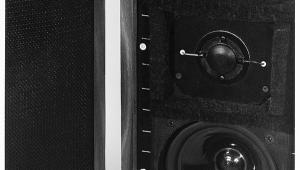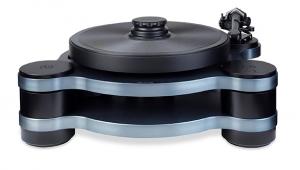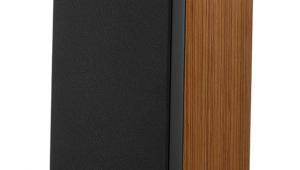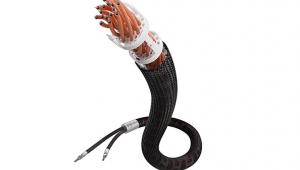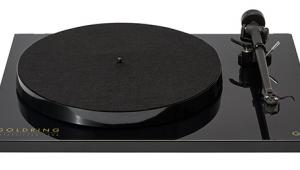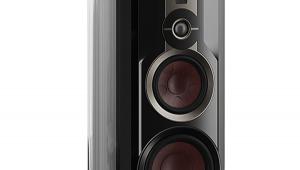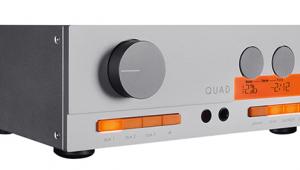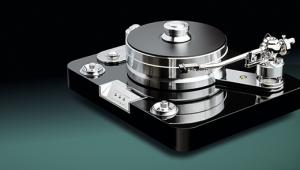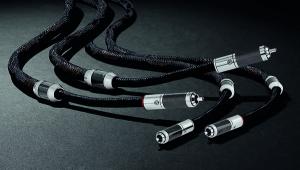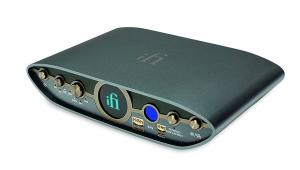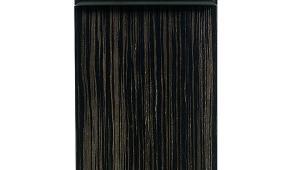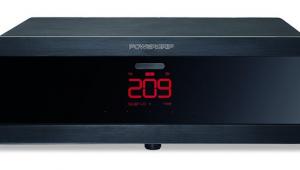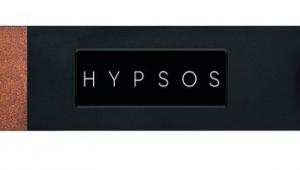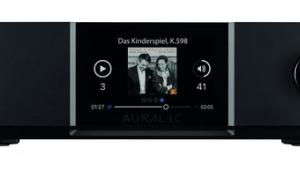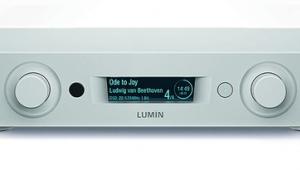WiiM Amp


If I had a pound for every time I’d heard someone talking about WiiM in the last year I would easily be able to afford the £329 streaming amplifier auditioned here. Since its arrival in the UK in 2023, WiiM – the consumer-facing brand of California-based smart technology company Linkplay – has earned a reputation for compact, networked hi-fi products that combine wide feature sets and a forward-thinking control app, but at prices that would have seemed like science-fiction just a few years ago.
The WiiM Amp is one of five current models, and the only one with built-in amplification. The rest are all streamers of varying specification, from the WiiM Mini at an eye-opening £89 to the WiiM Ultra flagship, with touchscreen interface, for £349. In between are the outwardly identical £149 WiiM Pro and £219 WiiM Pro Plus [HFN Aug ’24], and it’s these that the WiiM Amp most closely resembles.
Flipping the chips
WiiM hasn’t just bolted a Class D amp stage, rated at 2x60W/8ohm, onto one of its existing streaming DACs, however. The WiiM Amp, in its pursuit of ‘just add speakers’ glory, gets a more comprehensive roster of connections, including an HDMI ARC input for TV audio (although decoding is PCM only), a subwoofer output with 30Hz-250Hz crossover selection, and a USB-A port for local file playback.
Furthermore, the DAC chip employed (an ES9018K2M) is different to that of the WiiM Ultra, Pro and Pro Plus [see PM’s Lab Report, p75]. The company seems to be agnostic as regards DAC suppliers, selecting chips that suit the needs and target price of the product at hand.
As well as those HDMI and USB ports, the WiiM Amp sports optical, Wi-Fi/Ethernet, Bluetooth and analogue line connections. Note that music played via the latter passes through an ADC, to enable the amp’s DSP and EQ functions, but there’s no bypass mode. Some might also have expected WiiM’s do-it-all device to have a headphone output, but ‘private listening’ via the amplifier is through Bluetooth headphones only.
All this functionality is wrapped up in a chassis measuring 190x63x190mm (whd), which is available in either a silver or ‘space grey’ aluminium finish, with rounded edges and a prominent WiiM logo on the top plate. Like the rest of WiiM’s hardware, with the exception of the puck-shaped, plastic WiiM Mini, it looks really rather smart. There’s no front panel display, but a strip of small LEDs next to the volume/function control on the amplifier’s front panel signifies volume status.
Sweet home
Bundled with the amp are HDMI, optical, and RCA stereo cables, plus a Bluetooth remote. This needs to be paired with the amp before use, and I wouldn’t be surprised if some owners never bother, as the best method of control by far is the WiiM Home app. This has a clean, modern presentation that makes some rivals’ efforts appear clunky, and is surprisingly rich in features. In fact, this software is arguably WiiM’s calling card, and a key aspect of its products’ appeal.
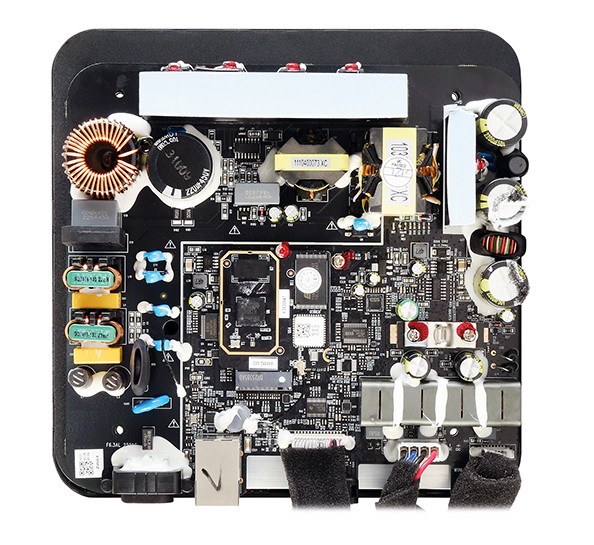
After setup over Wi-Fi (complete with an indication of the ‘strength’ of its connection) or Ethernet, you can get right into playing music or exploring settings. For the former you can switch between inputs, access streaming services including Tidal, Qobuz, Deezer, Amazon Music, Spotify, etc, or browse Internet radio. Settings options cover basic housekeeping (such as switching off the amp’s front panel LEDs, adjusting channel balance, and setting a maximum volume) to more advanced options such as assigning EQ (both ten-band and parametric) for each source.
There’s a room correction function too, which is notable because it’s possible to run it from an Android phone/tablet using its built-in mic, whereas some companies (including Sonos and Canvas HiFi) only make smartphone EQ available through an Apple device, due to the variable performance of microphones in Android smartphones. WiiM’s process is lightning-fast, involving just a couple of test tones, before the app presents a graph plotting measured, target, equalisation and predicted curves. Further options here include calibrating to target curves from Harman or Brüel & Kjær, correcting from 40Hz to 20kHz or adjusting sliders to focus on a specific area, and incorporating a partnering subwoofer.
In short, there’s an awful lot to play with in the WiiM Home app (you can even set an ‘alarm clock’ function so the amp plays from a specific source at a desired time), but it’s mostly easy to get to grips with. There’s no manual for the amp in the box, but you can download one from the company website. And here you’ll also find a useful guide to everything its app can do.
![]() Looking lively
Looking lively
It should go without saying that WiiM’s affordable streaming amplifier isn’t exactly made for audiophile, critical listening through power-hungry loudspeakers. But its performance easily raises a smile, particularly in the crisp, detailed nature of its sound, and its lively demeanour. Paired with B&W 705 S3 Signature standmounts [HFN Aug ’24] and some more price commensurate Q Acoustics 3010i bookshelf speakers, it was mostly a pleasure to listen to, although the somewhat ‘old school’ nature of its Class D amplification was exposed on occasion.
As an example, Great White’s ‘Rock Me’ (Once Bitten; Capitol Records) at first sounded great, as the WiiM Amp teased out the hi-hat rhythms during its intro, and a delivered a good sense of texture and definition to the bassline. The bluesy guitar licks and Jack Russell’s Robert Plant-style vocal also carried plenty of nuance, and when the kick drum came in, it had agreeable punch and speed. Yet after this song’s build up, the band explode into full-on 1980s hard rock mode, and the detail and nuance the amp had been showing were lost amidst a more uniform sound.
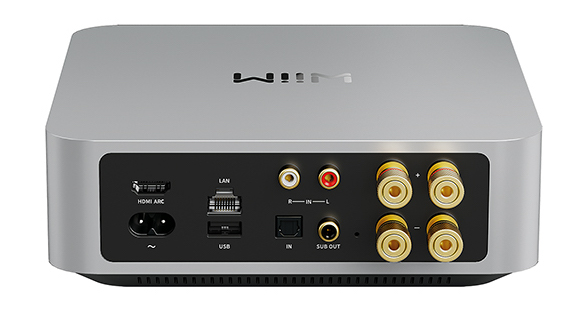
It was a similar story with Zeal & Ardor’s ‘Golden Liar’ (Zeal & Ardor; MVKA Music). This piece of avant-garde prog/metal mesmerised initially, with the looped guitar line reverberating into a wide space, joined by thumping floor toms and backing chants, and a gravelly spoken word intro that sounded suitably portentous. But the bassline didn’t sound as deep and forceful as I’ve heard before, and as this piece segues into distorted guitars and blasting drums it really should become a huge wall of sound, something WiiM’s Amp couldn’t quite muster.
While some tracks pushed this budget amplifier out of its comfort zone, with others it just seemed to sail right through. A rendition of ‘Strasbourg/St Denis’, by the Roy Hargrove Quintet (Earfood, EmArcy; 96kHz/24-bit), mixed a rich, opulent feel to the lower octaves with brass elements that ranged from raspy and attacking to smooth, while a staccato piano solo brought yet another texture to the mix. The amp also deftly marshalled the midrange character during ‘Shallow’, from the A Star Is Born remake (Interscope; 48kHz/24-bit), picking out the lilting acoustic guitar beneath the dual vocal flavours of Bradley Cooper and Lady Gaga.
Monster beats
The latter’s solo single ‘Bad Romance’ (The Fame Monster; Streamline Records) was even more in the WiiM Amp’s wheelhouse, being poppy, upbeat and less dynamically challenging. It was impossible to not tap my foot and whoop along to the ‘Rah-rah, Ga-Ga, ooh-la-la’ chorus, while enjoying a solid stereo image peppered with digital effects and synths. Nik Kershaw’s ‘Dancing Girls’ (Human Racing; MCA) is of a similar bent and found the WiiM Amp really getting into its stride, slamming into the electronic percussion and keeping pace with its frantic rhythms.
‘The Call’, from Dario Marianelli’s score for disaster movie Everest (Varese Sarabande) seeks to emphasise the awe-inspiring nature of the landscape, and the danger in the expedition, through choral chants and long, slow string and woodwind notes. It’s uncomplicated stuff, but sounded stirring here, thanks to the amp’s clear and precise presentation.
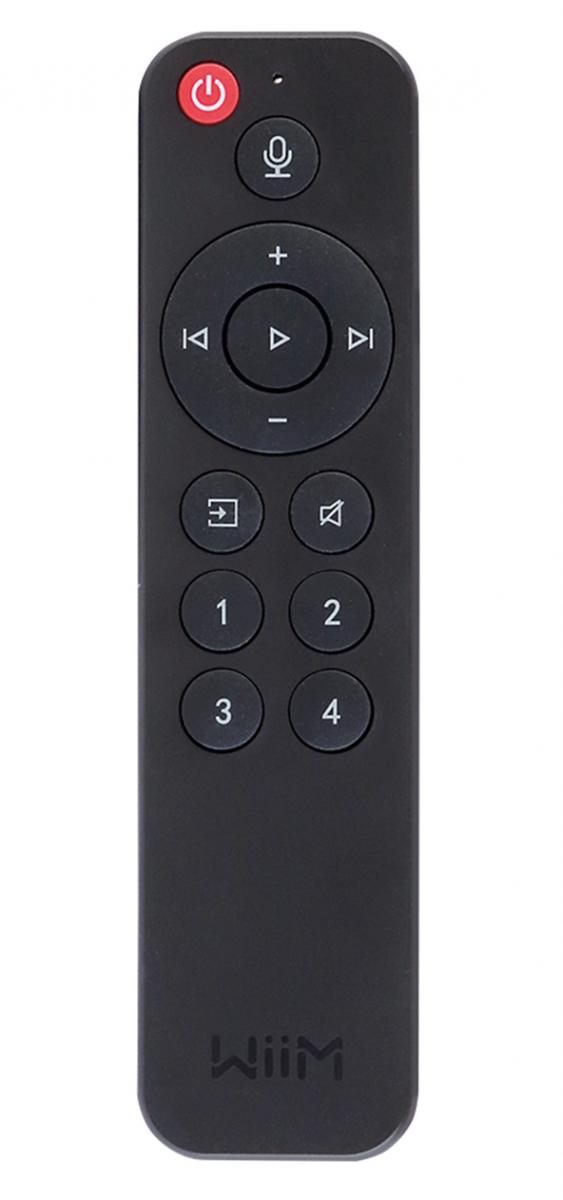
While listening to this I played with the preset EQs on the WiiM Home app. There are more than 20 options, which is quite clearly overkill, but all bring an immediately different sound signature. Call me controversial, but I found some of these settings beneficial, particularly in adding some extra presence to the bottom end. Those who are prepared to cycle through DAC filters (of which there are none here) might therefore fancy shuffling through WiiM’s EQs. But do stay well clear of the ‘Bass Reducer’, which introduces cuts from 500Hz and sounds a bit… weird.
For the audiophile looking for a streaming bargain, WiiM’s Pro Plus is the obvious candidate, giving you the brand’s exemplary app and a more technically gifted DAC stage to go with the amplification of your choice. The appeal of the WiiM Amp, on the other hand, lies in its all-in-one nature, and given its form factor it could even be used in a desktop set-up. Manage your expectations of what it might do, and you’ll be surprised by what it can.
Hi-Fi News Verdict
Packing functionality that makes a mockery of its price tag, and controlled by arguably one of the most seamless and versatile apps in the business, this little streaming amplifier from WiiM is a real hi-fi bargain. Yes, much of its appeal lies in the ease of use and source/settings flexibility, but the performance is more than fine for the money too. For a ‘second’ system or budget build, it has to be on your shortlist.
Sound Quality: 85%
